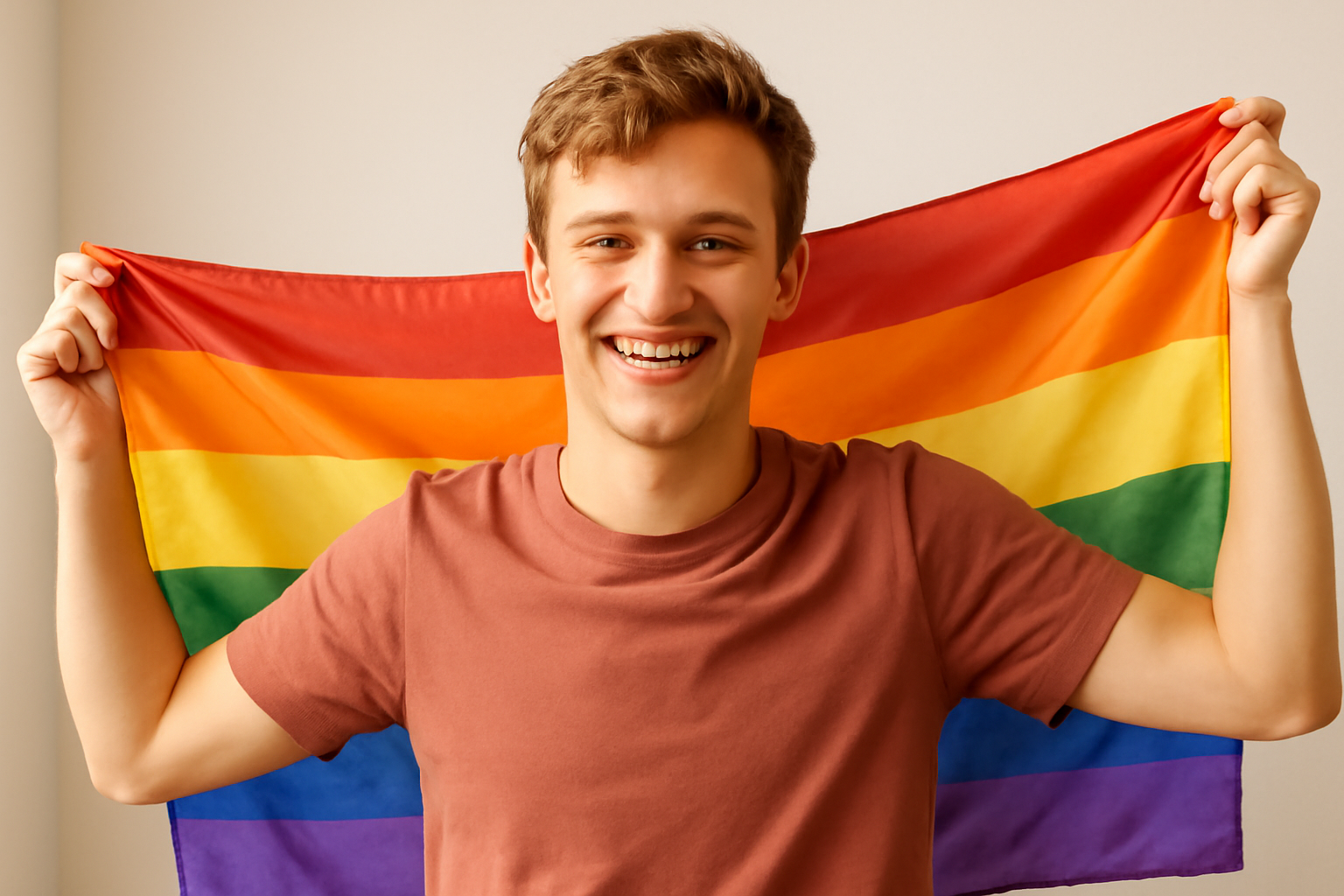
Introduction
Recent surveys indicate a significant increase in the number of Americans identifying as LGBTQ+. According to the latest data from a national poll conducted in 2024, the percentage of U.S. adults who identify as lesbian, gay, bisexual, transgender, or another non-heterosexual identity has reached 9.3%. This marks a notable rise compared to previous years, reflecting broader cultural shifts and increasing acceptance of diverse sexual orientations and gender identities.
Significant Growth Over the Years
In 2024, the number of Americans identifying as LGBTQ+ climbed to 9.3%, showcasing an increase of more than one percentage point since 2023, and doubling since 2020. When Gallup first began surveying sexual identity in 2012, only 3.5% of respondents identified as LGBTQ+. This upward trend suggests a growing willingness among individuals to express their true identities, likely influenced by evolving societal norms and increased visibility of LGBTQ+ issues.
Demographics and Methodology
The survey involved 14,000 participants who were asked about their sexual orientation and gender identity. Respondents could choose from the following categories: straight or heterosexual, lesbian, gay, bisexual, transgender, or another LGBTQ+ identity. The results revealed that 85.7% identified as straight, 5.2% as bisexual, 2.0% as gay, 1.4% as lesbian, and 1.3% as transgender. An additional 1% identified with other LGBTQ+ identities, such as pansexual, asexual, or queer. Notably, 5% of the respondents chose not to answer the question.
Generational Differences
Younger generations, particularly Gen Z and millennials, show higher rates of LGBTQ+ identification. More than one in five Gen Z adults, defined as those born between 1997 and 2006, identify as LGBTQ+. This high percentage contrasts with older generations, where the rate of LGBTQ+ identification decreases with age, falling to just 1.8% among the Silent Generation, those born before 1946.
The remarkable increase in self-identification among Gen Z can be attributed to the societal changes they grew up with, including the expansion of LGBTQ+ rights, marriage equality, and greater representation in media and culture. This environment has likely fostered an openness that encourages younger individuals to embrace their identities.
Trends in LGBTQ+ Identities
The largest growth in LGBTQ+ identification has been among those identifying as bisexual, especially within younger demographics. Among LGBTQ+ Gen Z individuals, 59% consider themselves bisexual, and this trend is mirrored by 52% of LGBTQ+ millennials. Overall, in the broader LGBTQ+ community surveyed, 56% identified as bisexual, 21% as gay, 15% as lesbian, 14% as transgender, with 6% identifying with another LGBTQ+ identity. It’s important to note that these figures total more than 100% due to some respondents selecting multiple identities.
Political and Geographical Variations
The data also highlights political and geographical differences in LGBTQ+ identification. Democrats (14%) and independents (11%) are significantly more likely to identify as LGBTQ+ compared to Republicans (3%). The survey further shows that 21% of liberals, 8% of moderates, and 3% of conservatives identify as part of the LGBTQ+ community.
Geographically, LGBTQ+ identification is more prevalent in urban and suburban areas, with 11% and 10% respectively, compared to rural areas where it is 7%. This urban-rural divide suggests that social and cultural environments in cities and suburbs may be more accepting and supportive of LGBTQ+ identities.
Gender Differences
Gender also plays a role in LGBTQ+ identification, with 10% of women and 6% of men identifying as such. This gender gap is particularly evident among younger generations, where 31% of Gen Z women and 12% of Gen Z men identify as LGBTQ+. Among these Gen Z women, many identify as bisexual, reflecting broader trends across younger generations.
Conclusion
The increase in LGBTQ+ identification among Americans is a testament to shifting societal norms and increasing acceptance of diverse sexual orientations and gender identities. As younger generations continue to embrace their identities, these trends are likely to influence future discussions and policies surrounding LGBTQ+ rights and acceptance. This data serves as a reminder of the importance of continued support and advocacy for LGBTQ+ communities across the country.
Related Posts
Pride Month in Latin America: Protests and Demands for Equality
**Celebrating Pride and advocating LGBTQ+ rights in Latin America** Pride Month in Latin America was a lively mix where celebration met activism. Communities united, not just throwing a party but making a stand—demanding equality and pushing governments toward better protection and rights recognition. Throughout Latin America, pride events erupted in marches and cultural displays, each with a c [...]
Transgender Erasure Actions Implemented by National Park Service
```html Trump administration's impact on national park service and transgender recognition The Trump administration made notable moves in undermining transgender representation, which included directing agencies like National Park Service not include "T" and "Q" when they refered “LGBTQ” in any official communication. This move seems part a broader plan by this administration aimed at reducin [...]
Drag Night Extravaganza: Daddies & Baddies at Atlantic City's Anchor Rock Club
Atlantic City, NJ, isn't just about its casinos and boardwalk—it's a hub bursting with energy and entertainment. One event that truly captures this spirit? The "Daddies & Baddies" drag night at Anchor Rock Club. This vibrant night celebrates amateur drag in all its glory, offering a kaleidoscope display where creativity and community unite. If you're looking where inclusivity and creativity take [...]